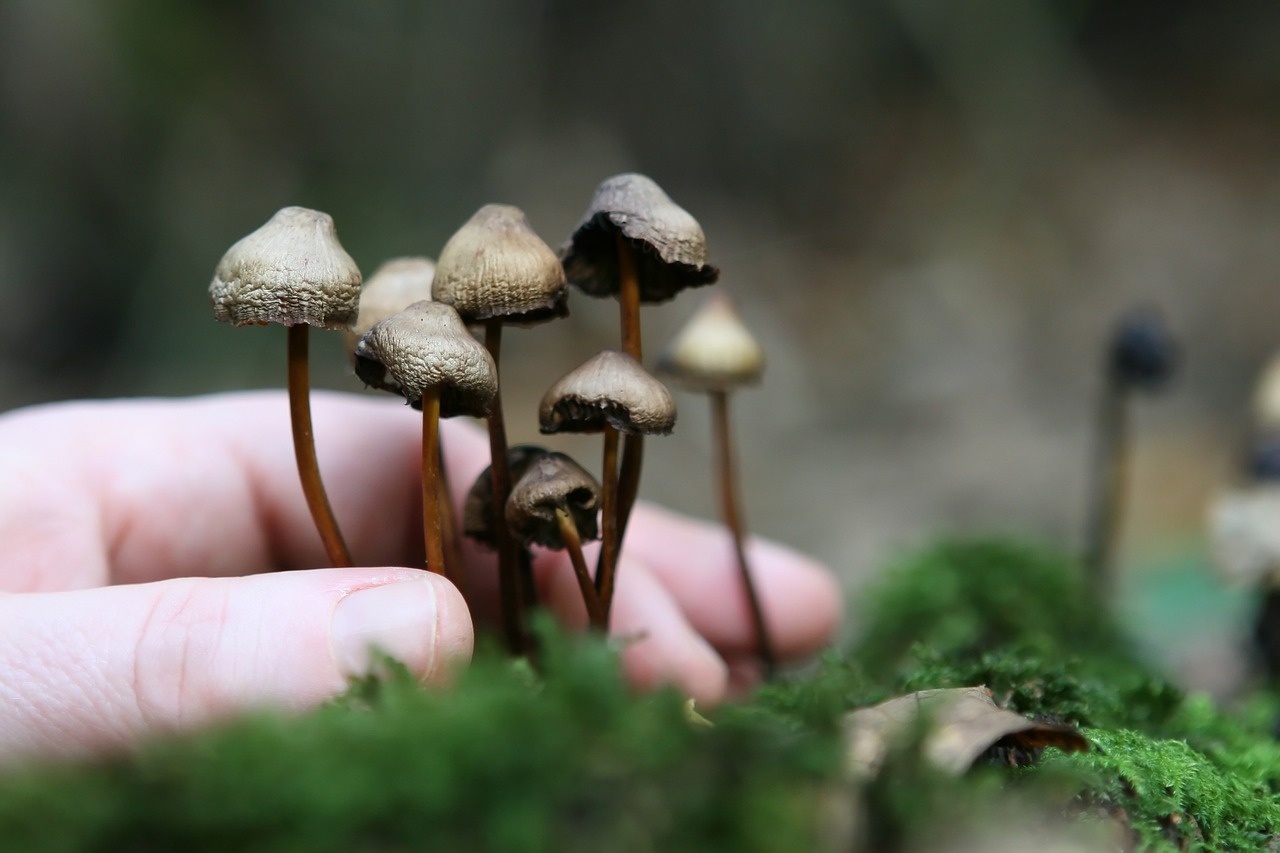Deciphering Mycelium
Mycelium, the root network of fungi, acts as the mushrooms’ digestive system. It extracts nutrients, metabolizes them into a consumable form for the fungus, and thereby nourishes the fungus. The residual products from this process enrich the surrounding soil, infusing it with vital nutrients for other plants and forming a nutrient-rich biomass suitable for garden compost.
Apart from their role in mushroom development, mycelium networks are crucial to the wellbeing and growth of many land plants, including trees. For example, tree roots and fungi establish a symbiotic exchange: the tree offers the fungus carbon in the form of sugars, while the fungus reciprocates by providing the tree with essential minerals like nitrogen and phosphorus. You can learn more about this relationship here.
Fascinatingly, mycelium networks act as an underground communication network among plants, comparable to the neural networks in our brains. Recent scientific studies indicate that plants and trees might have rudimentary nervous systems that fungi could possibly influence, impacting functions such as communication, memory, and learning. Moreover, mycelium aids in maintaining soil health by decomposing organic matter and neutralizing any existing pollutants.
If you have a passion for growing magic mushrooms, comprehending the growth of mycelium is a key element. Although the cultivation process might seem daunting for novices, understanding mycelium is an essential starting point. While buying mushrooms from Shroom Delivery Toronto Canada online is always an alternative, knowledge about mycelium can enrich your cultivation journey.
Mycelium’s Growth Cycle
When fungal spores find a growth-friendly environment, they start developing two types of mycelium. The initial type, termed as primary or monokaryotic mycelium, is identified by a single nucleus in each cell and is typically invisible to the naked eye. The second kind, known as secondary or dikaryotic mycelium, is visible and houses two nuclei per cell.
When fungal spores germinate, they initiate the formation of the primary or monokaryotic mycelium. Upon encountering a compatible monokaryotic mycelium, the two can merge to create the second phase, the dikaryotic mycelium. The latter is the stage capable of generating mushrooms or sclerotia.
Mycelium Types
There are three types of mycelia, two of which signal successful cultivation.
- Rhizomorphic mycelia are identifiable by their string-like extensions. Like all mycelia, they consist of units called hyphae. Rhizomorphs are groups of these hyphae. Initially, rhizomorphic mycelia spread out, then send chemical signals back to the colony indicating that the area ahead is suitable for nutrient supply. The rest of the mycelia then follow suit. The hyphae at the rhizomorphic mycelia’s tip release peroxidase, a substance that breaks down the material in front of it for food. Following this, the hyphae stretch across the material, distributing nutrients throughout the colony. Many cultivators favor rhizomorphic mycelia due to their higher chances of producing mushrooms as they sprout from the substrate.
- Tomentose, or “Fluffy” mycelia, bear several resemblances to Rhizomorphic mycelia. However, the arrangement of the fluffy mycelia strands sets them apart. While the strands may not be instantly noticeable, they do exist. Their cotton-ball-like appearance hints at the strands being bundled together. Whether your mycelia exhibit tomentose or rhizomorphic characteristics largely depends on the growth environment. It’s an ongoing debate among cultivators whether the mycelia type influences the growth rate or the harvest yield.
- Aerial mycelia form when the growth conditions are less than optimal. In such cases, the mycelia tend to grow outwards instead of spanning the medium or clustering into a ball. Often misinterpreted as bacterial infection, this type of mycelia can disrupt mushroom cultivation, leading to smaller, weaker mushrooms. Aerial mycelia typically arise due to inadequate fresh air exchange and excessive humidity.
Is It Mould or Mycelium?
It’s essential to distinguish between mould and mycelium. If you notice green, blue, gray, or black patches on or inside your fruiting box, it’s likely contaminated. Changes in color are a significant indicator. However, blue spots might be just bruises.
Cobweb moulds are typically quite visible. Instead of the bright The Mycelium is usually characterized by a somewhat greyish-white color and a fluffy, string-like texture. Although cobweb and green moulds pose no threat to human health, they can have detrimental effects on the well-being of your mushrooms.
Shroom Delivery Toronto Canada: Your Premier Destination for Mushroom-Related Information
When psychedelic mushrooms in Canada are the topic of discussion, consider Shroom Delivery Toronto Canada. We are committed to offering comprehensive information to ensure your mushroom experiences are both safe and enjoyable.





